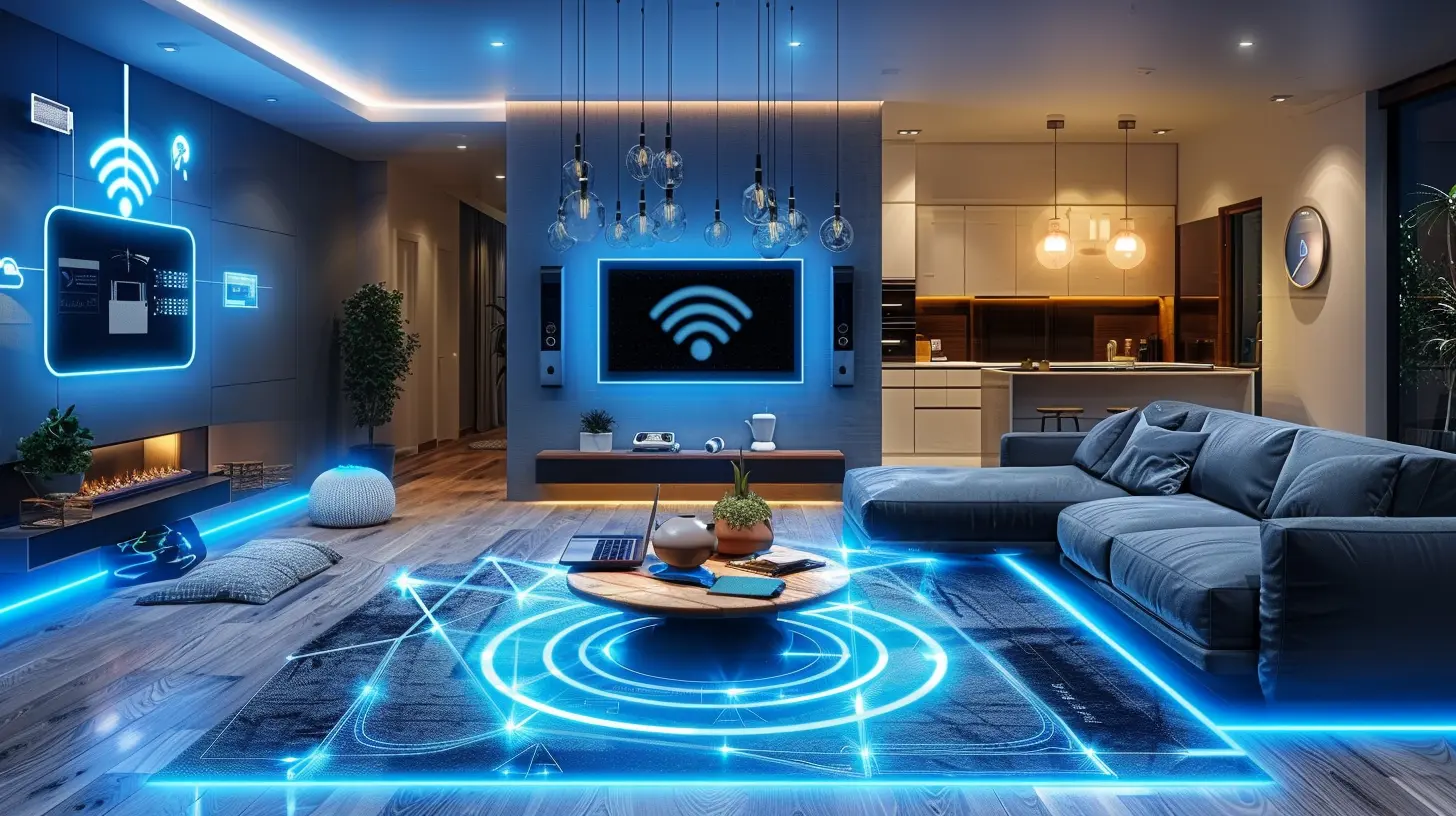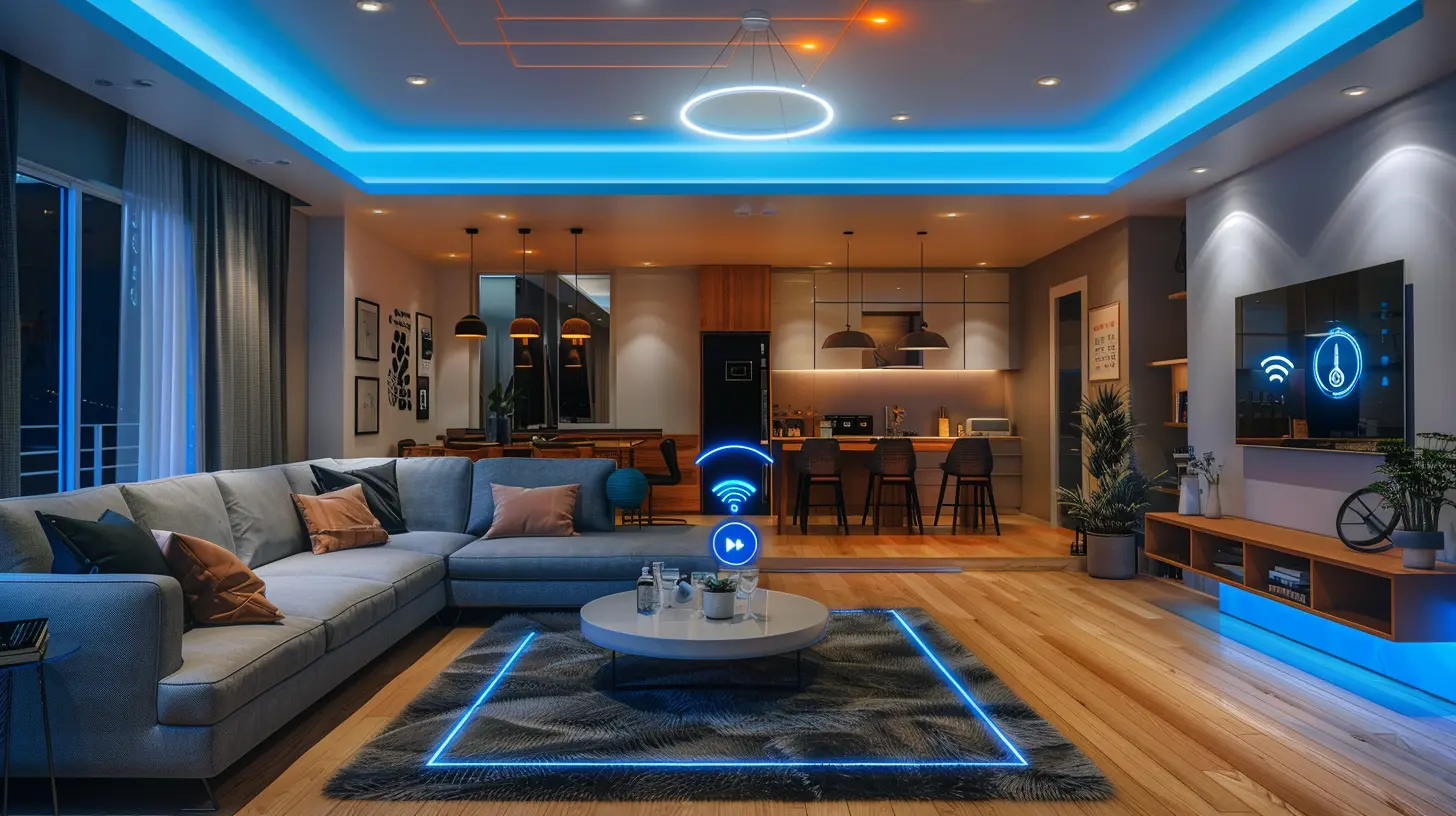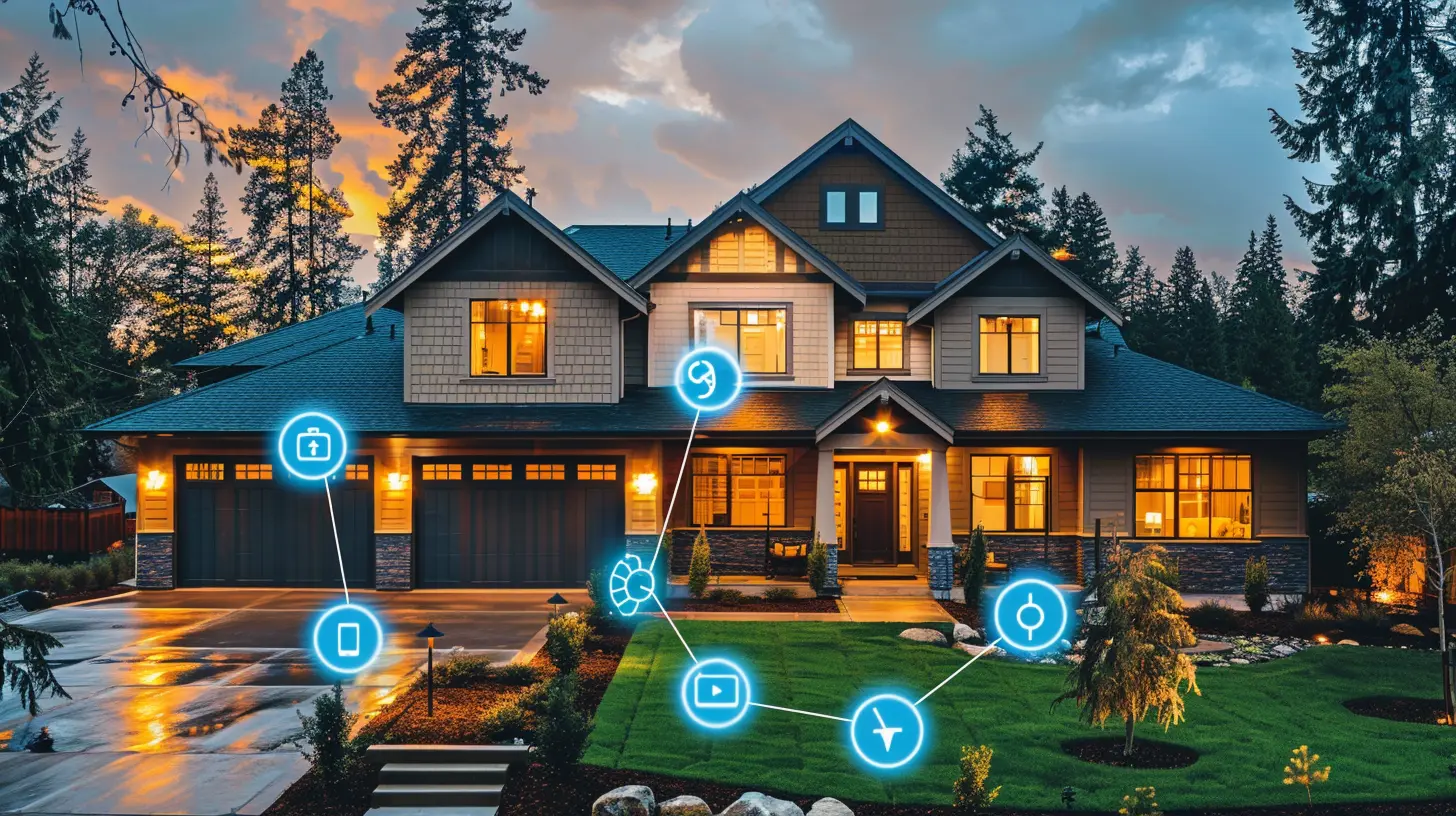Preparing Your Home for a Smart Tech Upgrade
22 July 2025
Have you ever walked into someone’s home and felt like you just stepped into the future? Lights adjusting automatically, voice commands controlling everything, and security cameras keeping a watchful eye. It feels like something out of a sci-fi movie, right?
Well, it’s not. It’s real, and smart home technology is quickly becoming the new norm. If you’ve been thinking about giving your home a futuristic touch, buckle up—because it’s not just about buying gadgets. Proper planning can make the difference between a seamless upgrade and one giant headache.
So, how do you prepare your home for a smart tech transformation? Let’s dive in. 
1. Start with a Smart Home Vision
Think of your home as a puzzle. Every smart gadget you add should fit perfectly into your lifestyle. Do you want voice-controlled lights? A thermostat that adjusts itself? A home security system that alerts you instantly?Before you start buying devices left and right, take a step back. Make a list of what truly matters to you.
- Do you want convenience? (Smart lighting, voice assistants)
- Need security? (Smart cameras, door locks, motion sensors)
- Looking to save on energy bills? (Smart thermostats, energy-efficient devices)
Your vision will determine everything—from the gadgets you choose to the infrastructure you'll need to support them. 
2. Evaluate Your Home’s Wi-Fi Strength
Here’s a harsh truth: Your smart home is only as good as your Wi-Fi. A weak internet connection means laggy responses, dropped connections, and frustration.Start by identifying Wi-Fi dead zones in your home. Walk around with your phone and check the signal strength. If certain areas are struggling, consider these fixes:
- Upgrade your router – Opt for a dual-band or mesh router for wider coverage.
- Use Wi-Fi extenders – These can boost the signal to areas with weak connectivity.
- Ethernet connections – For devices that require constant reliability (like security cameras), wired connections are a solid bet.
A strong and reliable internet connection will make or break your smart home experience. 
3. Ensure Your Electrical System Can Handle the Load
Smart homes need power, and adding multiple smart devices could strain your electrical system. Outdated wiring or insufficient outlets can cause issues.Here’s what you should do:
- Check your breaker panel – Can it handle extra load? If your home is older, consult an electrician.
- Upgrade to smart outlets – These let you control traditional appliances remotely.
- Consider surge protectors – Protect expensive gadgets from power spikes.
If your home isn’t up to speed, a few upgrades now can save you from electrical headaches later. 
4. Choose a Smart Home Hub (or Decide If You Need One!)
Wouldn’t it be great if all your smart devices worked together seamlessly? Well, that’s where smart home hubs come in. They act as a central control system for all your devices.Popular choices include:
- Amazon Echo (Alexa) – Great for voice commands and smart home automation.
- Google Nest Hub – Perfect for Google users.
- Apple HomeKit – Best if you're deep in the Apple ecosystem.
- SmartThings by Samsung – Ideal for those who love customization.
Not every setup needs a hub, though. Many devices now work independently through apps. But if you’re looking for a synchronized experience, a hub is worth considering.
5. Secure Your Smart Home from Hackers
A smart home is only as secure as its weakest link. If you’re adding tech to your home, you’re also opening the door to potential cyber threats.How do you stay protected?
- Use strong passwords – No more “123456” or “password” nonsense. Go for complex passwords and store them with a password manager.
- Enable two-factor authentication (2FA) – Adds an extra layer of security.
- Keep firmware updated – Manufacturers release security updates for a reason. Install them!
- Create a guest network – Keep your smart home gadgets separate from your main Wi-Fi network.
A smart home should make life easier, not expose your private life to hackers.
6. Automate for Ultimate Convenience
Now comes the exciting part—automation! The real magic of a smart home lies in how everything works together effortlessly.Here are a few ideas:
- Morning Routine: Lights brighten gradually, coffee starts brewing, and the thermostat adjusts before you even step out of bed.
- Away Mode: Lights turn off, security cameras activate, and the thermostat lowers when you leave home.
- Movie Night: One command dims the lights, turns on the TV, and adjusts the temperature for the perfect cozy atmosphere.
With apps like IFTTT (If This, Then That), you can create even more customized automation rules to fit your lifestyle.
7. Future-Proof Your Smart Home
Technology evolves fast, and what’s cutting-edge today might be outdated in a couple of years. Future-proofing your smart home ensures you're not stuck with obsolete tech too soon.- Choose devices with wide compatibility – Opt for those that work with multiple platforms.
- Wireless over wired (where possible) – It allows for easier replacements and upgrades.
- Stay updated on trends – Follow tech blogs, watch for new releases, and be ready to adapt.
A little forethought now can save you from costly replacements later.
8. Optimize Energy Efficiency
A smart home isn’t just about convenience—it’s also about efficiency. Smart tech can significantly lower your energy consumption with the right settings.- Smart thermostats like Nest or Ecobee learn your habits and adjust temperatures automatically, saving on energy bills.
- Smart lighting ensures lights aren’t left on unnecessarily.
- Smart plugs cut off power to devices that sit in standby mode.
More savings, less waste—that’s a win-win.
9. Don’t Forget About Aesthetics
A house filled with dangling wires and bulky gadgets isn’t exactly appealing. Your smart tech should blend smoothly into your home’s design.- Opt for sleek, minimal designs – Many smart devices now focus on aesthetics.
- Use cable management solutions – Hide messy wires for a clean look.
- Consider built-in smart features – Some homes now come with smart switches and recessed gadgets that enhance the overall aesthetic.
You want your home to look futuristic, not like a messy science experiment.
10. Test, Tweak, and Enjoy!
The final step? Testing everything. Once your smart home setup is complete, take time to ensure all devices work smoothly.- Test routines and automation.
- Check for connectivity issues.
- Make adjustments to fit your lifestyle better.
A smart home should feel like magic—effortless, intuitive, and, ultimately, a joy to use.
Final Thoughts
Preparing your home for a smart tech upgrade isn’t just about filling it with the latest gadgets. It’s about building a connected ecosystem that simplifies your life while remaining secure and efficient.So, are you ready to step into the future? With a solid plan, strong foundation, and the right devices, your dream smart home is closer than you think.
all images in this post were generated using AI tools
Category:
Smart HomesAuthor:

Melanie Kirkland
Discussion
rate this article
1 comments
Sylvia Harper
Great insights! I appreciate the practical tips on integrating smart technology into our homes. It's crucial to strike a balance between convenience and security. I’m excited to explore these upgrades, but I also value the importance of maintaining a warm, welcoming environment amidst all the tech advancements. Thank you for sharing!
August 2, 2025 at 12:26 PM

Melanie Kirkland
Thank you for your thoughtful comment! I'm glad you found the tips helpful and appreciate your focus on balancing tech with a warm home environment. Happy exploring!


